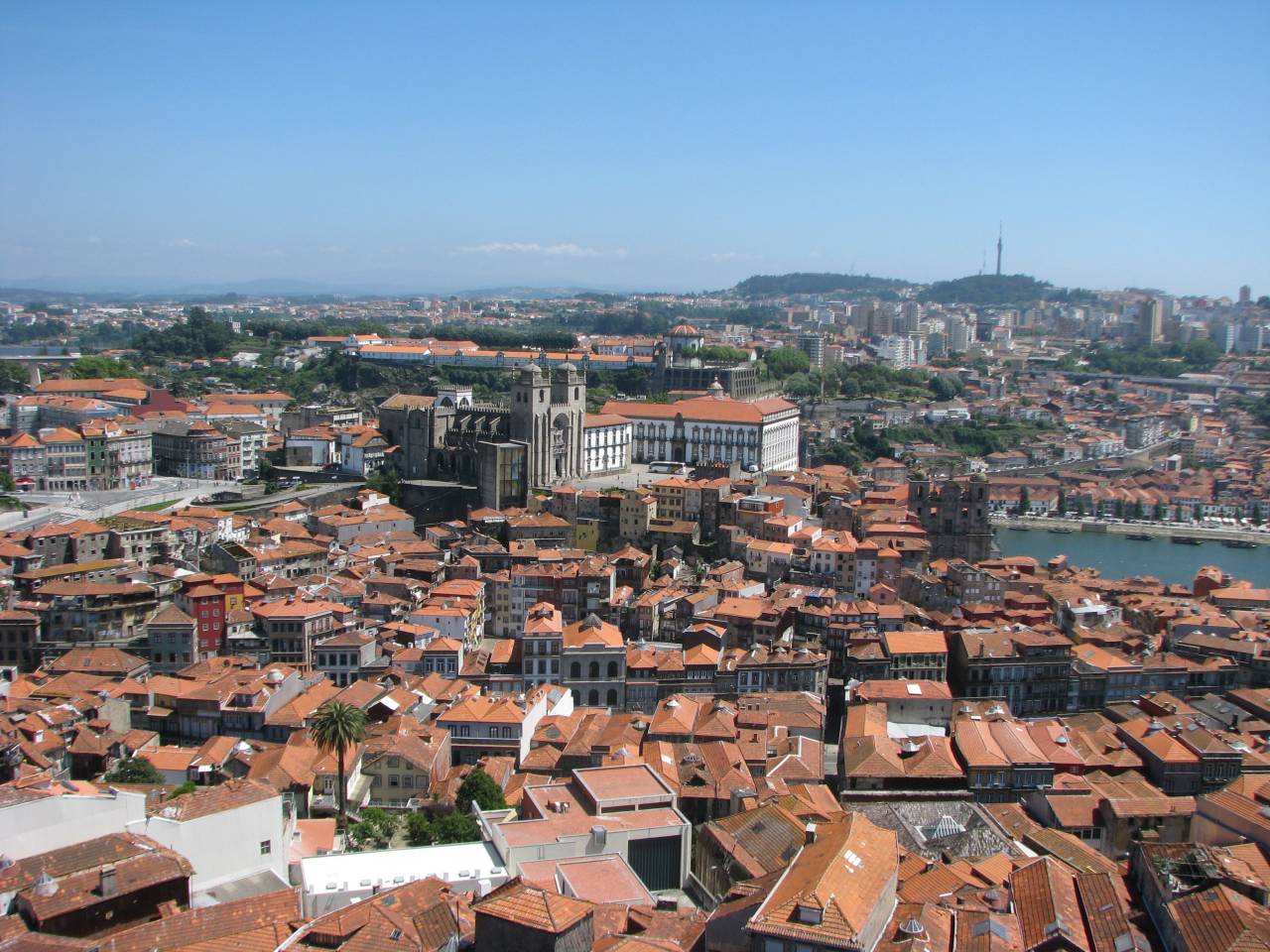Camino Portugués de la Costa
The Camino Portugués de la Costa (Caminho Português da Costa, the Coastal Portuguese Way) has been rising in popularity in the post-pandemic years. It follows the coast from Porto — sometimes closely, sometimes from farther away — up to Caminha, and continues in Galicia after crossing the river Minho/Miño before rejoining the Central route at Redondela.
The most popular starting points are Porto, Baiona and Vigo, but as with any Camino, you can start wherever you want (just make sure you walk at least the last 100 kilometres if you want to obtain a compostela).
Places of interest along the Camino Portugués de la Costa

Porto
Porto is the second largest city in Portugal after Lisbon, the capital. Its history dates back to Roman times, when Portus Cale was a Roman outpost at the Douro estuary. During the reconquista, the region between the Douro and Minho rivers became the County of Portucale, giving its name later to the entire country. The historic centre of Porto was declared a UNESCO World Heritage site in 1996.

Viana do Castelo
Viana do Castelo is located at the mouth of the river Lima. Pilgrims arrive here after walking across the more than 600-metre-long Eiffel bridge. The old town is full of historic buildings, but the Santuário de Santa Luzia above the city is probably the top attraction.

Vigo
Vigo is the largest city in Galicia, and one of the most important fishing ports in Europe. Although its origins go back to Celtic and Roman times, Vigo was relatively small up until the 20th century. At the end of March each year, the locals celebrate the liberation of Vigo from Napoleon's troops on 28 March 1809, known as the Reconquista. The festivities go on for several days.

Pontevedra
Pontevedra is the capital of the province of Pontevedra, one of the four provinces of Galicia since 1833. Its name originates from the Latin pons veteris, 'old bridge'. The actual bridge, the Ponte do Burgo, still arches over the river Lérez. Pontevedra has the second largest historical old town in Galicia after Santiago de Compostela, a considerable part of which is pedestrianised.

Santiago de Compostela
Santiago de Compostela is the capital of Galicia, and the final destination for hundreds of thousands of pilgrims every year walking one of the various caminos. Legend has it that the remains of the apostle St. James (Santiago, the patron saint of Spain) were brought here and are now preserved in the Cathedral.
